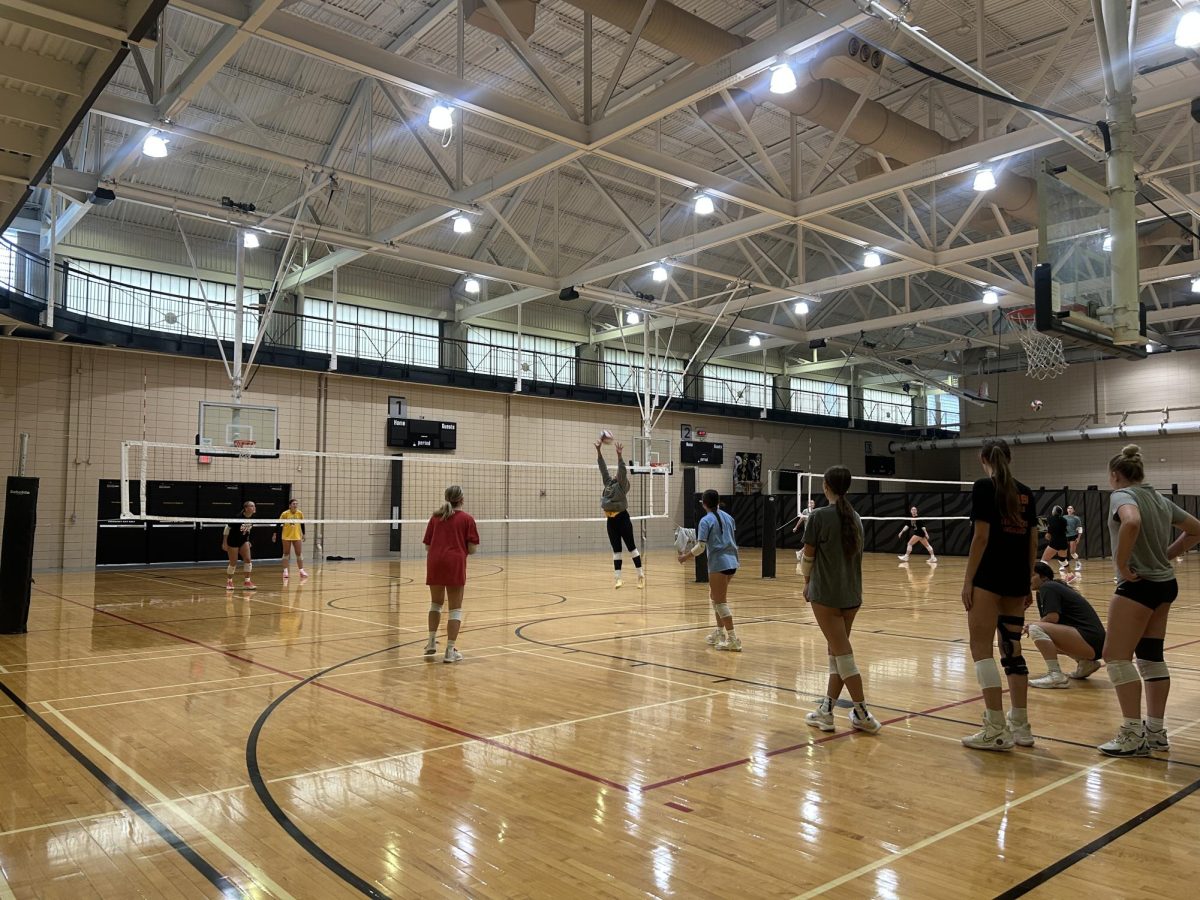In the history of the NCAA tournament, there has only been one 30-win power conference team that has not been given a No. 1 seed in its regional bracket.
That’s right. When the No. 2 seed Missouri Tigers take the court in Omaha, Neb. Friday afternoon, they will be making the kind of sports history that is unimportant except for a specific point the bringer-upper is trying to make: Missouri was snubbed by the powers-that-be in the NCAA process.
But it’s OK. In fact, it’s better than that. Everything is shaping up quite nicely for the Tigers in their bid for an unprecedented Final Four berth.
The selection committee placed the final chip of the season on the shoulders of this little-engine-that-could squad by ranking it as the worst No. 2 seed in the tournament (eighth overall) and giving it one more chance to prove the “haters” wrong.
The Tigers are supposedly behind the eight-ball, even though this particular underdog tag does not make much sense. Missouri is paired with the worst No. 1 seed (fourth overall) Michigan State. Jeff Hathaway, the head of the committee, said the decision to place the Tigers with Michigan State instead of the No. 1 overall seed Kentucky Wildcats was because of regional matchups.
So, Kim English (the personification of tenacity, according to himself) and company get to have the motivation of being called the worst No. 2 seed while being in the kind of bracket logically reserved for the best No. 2 seed.
Moving past the head games, the Tigers match up especially well physically against their bracket foes. Missouri is a team of few weaknesses, but it definitely lacks in the size department. Forwards Ricardo Ratliffe and Steve Moore have played well all year in the paint, but matchups against elite post players will preferably be avoided in the tournament.
Enter Michigan State. The Spartans’ frontcourt game is weak compared to competition Missouri would have seen in other brackets. North Carolina’s 7-foot Tyler Zeller (the Atlantic Coast Conference Player of the Year) and 6-foot-8-inch Harrison Barnes would mean severe headaches in the paint. Kentucky’s 6-foot-10-inch Anthony Davis, the best player in the nation, would likely spell doom in that half of the game.
Michigan State does boast the 6-foot-7-inch Draymond Green, the player of the year in the Big Ten Conference, but he’s a smaller, much less talented version of Kansas’ Thomas Robinson, whom Ratliffe and Moore held in check decently well both times they matched up with each other. Michigan State also has a pair of tall centers, but neither makes much of an impact offensively.
The rest of the teams in the West Region aren’t much of a height scare, either. Missouri just needs to outplay other teams in the backcourt, which shouldn’t be much of a problem. No. 3 seed Marquette runs a similar up-tempo game, and No. 4 seed Louisville and No. 6 seed Murray State focus on guard play.
But nobody in the West can boast the crazy amount of talent at the one, two and three spots. It’s safe to say the Tigers are happy to be matched up against teams that run-and-gun because, well, Missouri is better at it than anyone else.
For at least their first four games, the Missouri Tigers won’t face a single team as talented as them and will avoid the nation’s most dominant post players.
Doesn’t sound like much of a snub to me.







